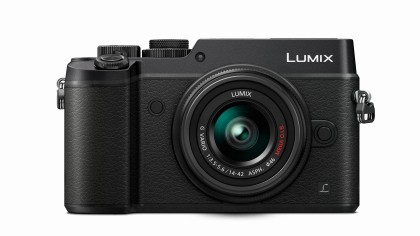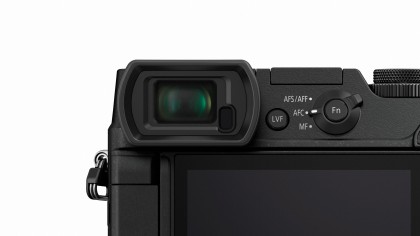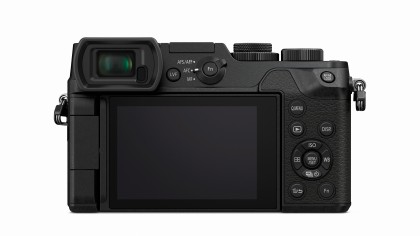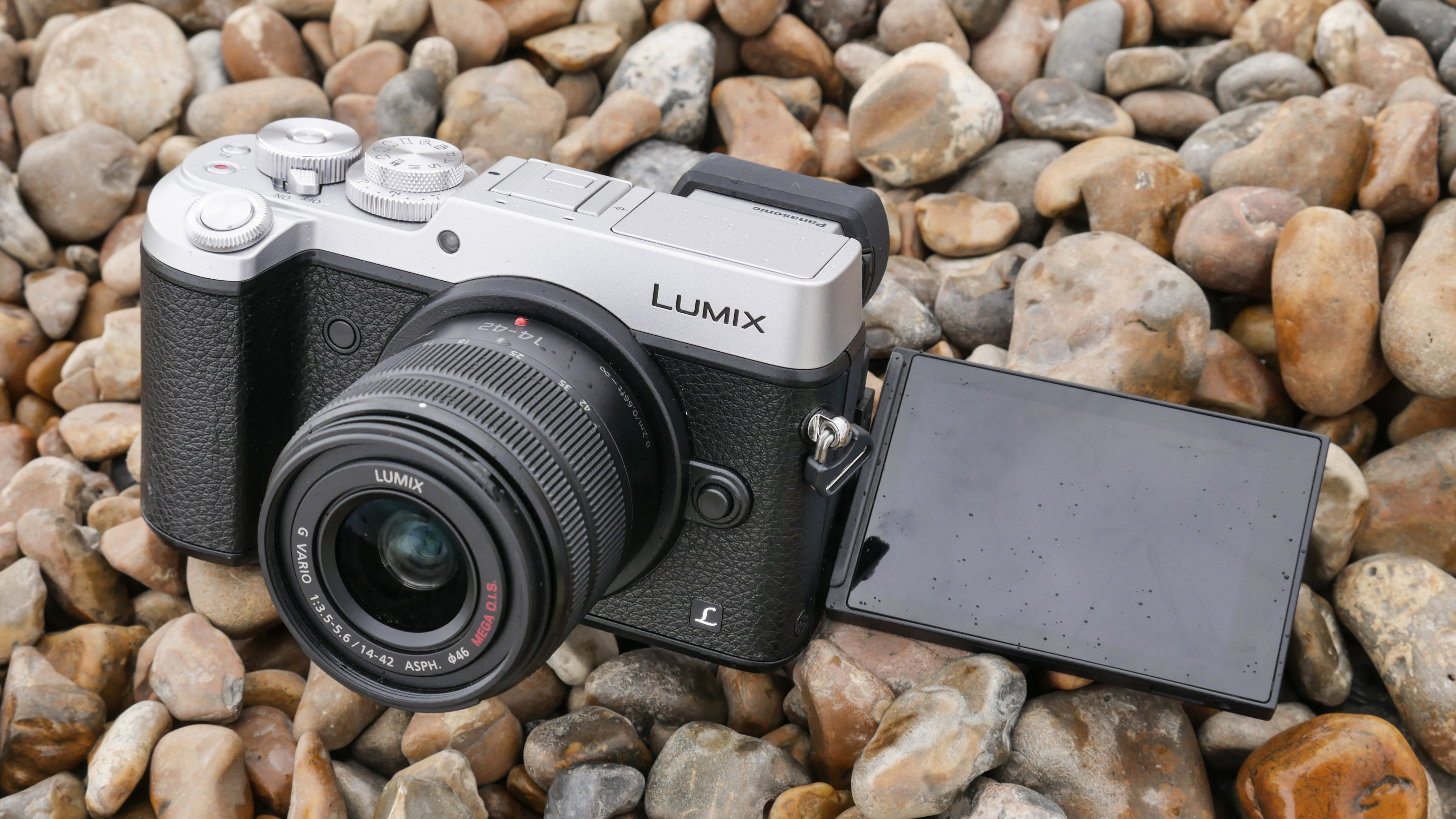TechRadar Verdict
The 20Mp GX8 has a tasty specification and solid construction, and the vari-angle touchscreen makes for easier image composition. Autofocus, metering and white balance systems perform well, while the 4K Photo modes are easy to use and deliver high-quality 8MP results.
Pros
- +
New 20MP sensor
- +
Magnesium alloy, dust- and splash-proof build
- +
Excellent viewfinder
Cons
- -
No drive mode dial
- -
Larger than the GX7
- -
Four Thirds type sensor is smaller than APS-C format competition
Why you can trust TechRadar
With G, GM, GF, GH and GX lines, Panasonic's G series of compact system cameras can get a little confusing. The GX models have a flatter, more rectangular shape than the SLR-like G and GH ranges, and they're more advanced than the GF and GM cameras. The latest introduction, the GX8, is an upgrade from the very successful GX7, which continues in the line for the foreseeable future.
Naturally, Panasonic is hoping the GX8 will be as popular with enthusiast photographers as the GX7 was, and it makes a good start by featuring the company's first Four Thirds type sensor, with a pixel count over 16 million. In fact it has an effective pixel count of 20.3 million, and Panasonic claims this enables the camera to produce the highest image quality from any G-series camera, beating both the flagship GH4 and the recently released G7.

To complement the 25% increase in pixel count, which Panasonic claims brings a 15% improvement in detail resolution as well as better signal to noise ratio and dynamic range, the GX8 has a new processing engine. However this is new to the GX line rather than to the G-series, and it's the same engine as in the GH4 and G7.
This enables a native sensitivity range of ISO 200-25,600, with an expansion setting of ISO 100, as well as a top continuous shooting rate of 8fps at full resolution. This frame rate is available in single autofocus mode; if you want to shoot full-resolution images with continuous autofocus the rate drops to 6fps.
There's also a new 2,360,000-dot OLED electronic viewfinder (EVF) which is much bigger than we've seen on previous Micro Four Thirds cameras. It offers 1.54x magnification, which is equivalent to 0.77x in 35mm format – the same as the Fuji X-T1. Panasonic claims there's less fringing and blurring in its finder than Fuji's. As on the GX7, the GX8's EVF can be tilted up for easier viewing from above.
In a change from the GX7, the GX8 has an OLED screen with 1,040,000 dots. Also, rather than being mounted on a tiltable bracket, it has a vari-angle hinge, which makes portrait and landscape-orientated image composition easier at high or low angles. As you'd expect from Panasonic, the screen is touch-sensitive.

Panasonic has also introduced a new Dual Image Stabilisation System, which combines lens and sensor-based stabilisation to reduce image blur when you're hand-holding the camera. The lens applies 2-axis stabilisation, while the body applies 4-axis compensation. Apart from in 4K mode, there's 5-axis stabilisation in video mode.
Being a Panasonic camera, the GX8 can record 4K videos (as well as Full-HD), and has 4K Photo mode with three shooting options: 4K Burst Shooting, 4K Burst (Start/Stop) and 4K Pre-burst, which are designed to record footage from which 8Mp still images can be extracted.
In 4K Burst Shooting mode the camera records 4K footage for as long as the shutter release is held down, and in 4K Burst (Start/Stop) mode recording is started with a press of the shutter release and is stopped by a second press.
In 4K Pre-burst mode the camera starts scanning as soon as the mode is activated, but only the 30 images immediately before and after the shutter button is pressed are recorded, giving 60 shots in total.
In addition to these three modes, a new focus-shifting 4K Photo mode is planned, and will be introduced with a firmware upgrade. In this mode the camera shoots a sequence of 10 images at 30fps, each with a different focus distance – you can then select where you want the focus to be post-capture.
It's possible that Panasonic may also create a focus-stacking option to enable the creation of images that are sharp from front to back.

As with the G7, the 4K Photo modes can be used when shooting in program, aperture priority, shutter priority and manual exposure mode, so it's possible to take full control over exposure if you want.
Images can be shared directly from the GX8 using the built-in Wi-Fi, which can show a QR code for making the first-time connection so that you don't have to enter a password. There's also NFC (near field communication) technology for making fast connections to NFC-enabled devices.
